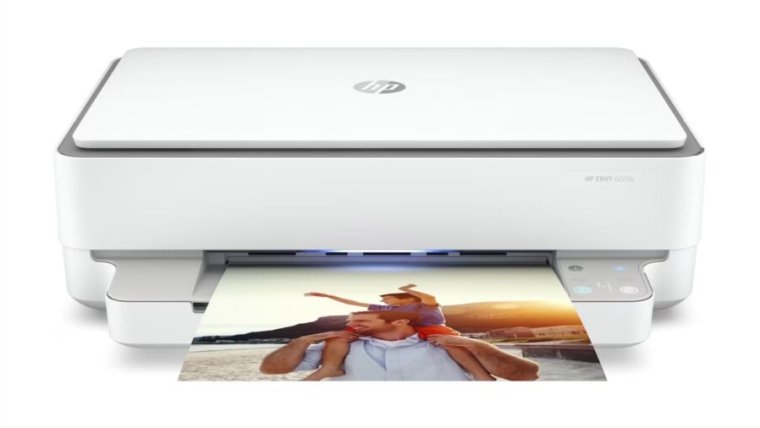Source: OSNews
Article note: I've been on KDE-on-Arch as my daily driver environment since ~2017, I've been daily-driving Wayland mode on one of my machines for a few months, and they've been (mostly) been doing a really good job making a DE that bends to my workflow, addresses weird demands of modern systems, and does so in a reasonable amount of resources.
There are a few aggravating points on Wayland sessions where that already-a-mess of [wayland+extensions+portals+pipewire] is not quite a feature-complete desktop protocol suite, like the punt on input plumbing and session management, which are persistent papercuts. This release sounds like it should be an improvement, and KDE is already the best worked-around of the environments on those fronts.
There's also a regression in 5.27 with how window snapping/quick tiling and virtual desktops interact that I'm hopeful they'll get back to working on now that the plumbing has been iterated.
KDE Plasma 6 has been released – and this is an important release with two massive low-level stack upgrades.
With Plasma 6, our technology stack has undergone two major upgrades: a transition to the latest version of our application framework, Qt, and a migration to the modern Linux graphics platform, Wayland. We have done our best to ensure that these changes are as smooth and unnoticeable to the users as possible, so when you install this update, you will see the same familiar desktop environment that you know and love. But these under-the-hood upgrades benefit Plasma’s security, efficiency, and performance, and improve support for modern hardware. Thus Plasma delivers an overall more reliable user experience, while paving the way for many more improvements in the future.
Aside from this, there’s so much in this release it’s hard to know where to begin. My favourite is the overhaul of KDE’s default Breeze theme, which now uses far, far fewer frames, meaning there’s fewer borders-on-borders. Spacing has also been made more consistent within Breeze. Both of these efforts make KDE applications and UI elements look a bit less cluttered and busy, which, while easily missed if you don’t look for it, certainly cleans things up nicely.
Another important improvements is the addition of support for HDR displays and colour management.
Plasma on Wayland now has partial support for High Dynamic Range (HDR). On supported monitors and software, this will provide you with richer and deeper colors for your games, videos, and visual creations.
Set an ICC profile for each screen individually and Plasma will adjust the colors accordingly. Applications are still limited to the sRGB color space, but we are working on increasing the number of supported color spaces soon.
To improve Plasma’s accessibility, we added support for color blindness correction filters. This helps with protanopia, deuteranopia or tritanopia.
Of course, this release is accompanied by updates to a large number of KDE applications, and several default settings in KDE have been changed as well to better suit what most users would expect. Plasma Search has been overhauled as well, making it faster and less resource-intensive, and giving users the ability to better control how search results are displayed.
There’s a lot more here, so be sure to dive into the release announcement, KDE Plasma 6 will find its way to your distribution or operating system of choice over the coming weeks and months.


